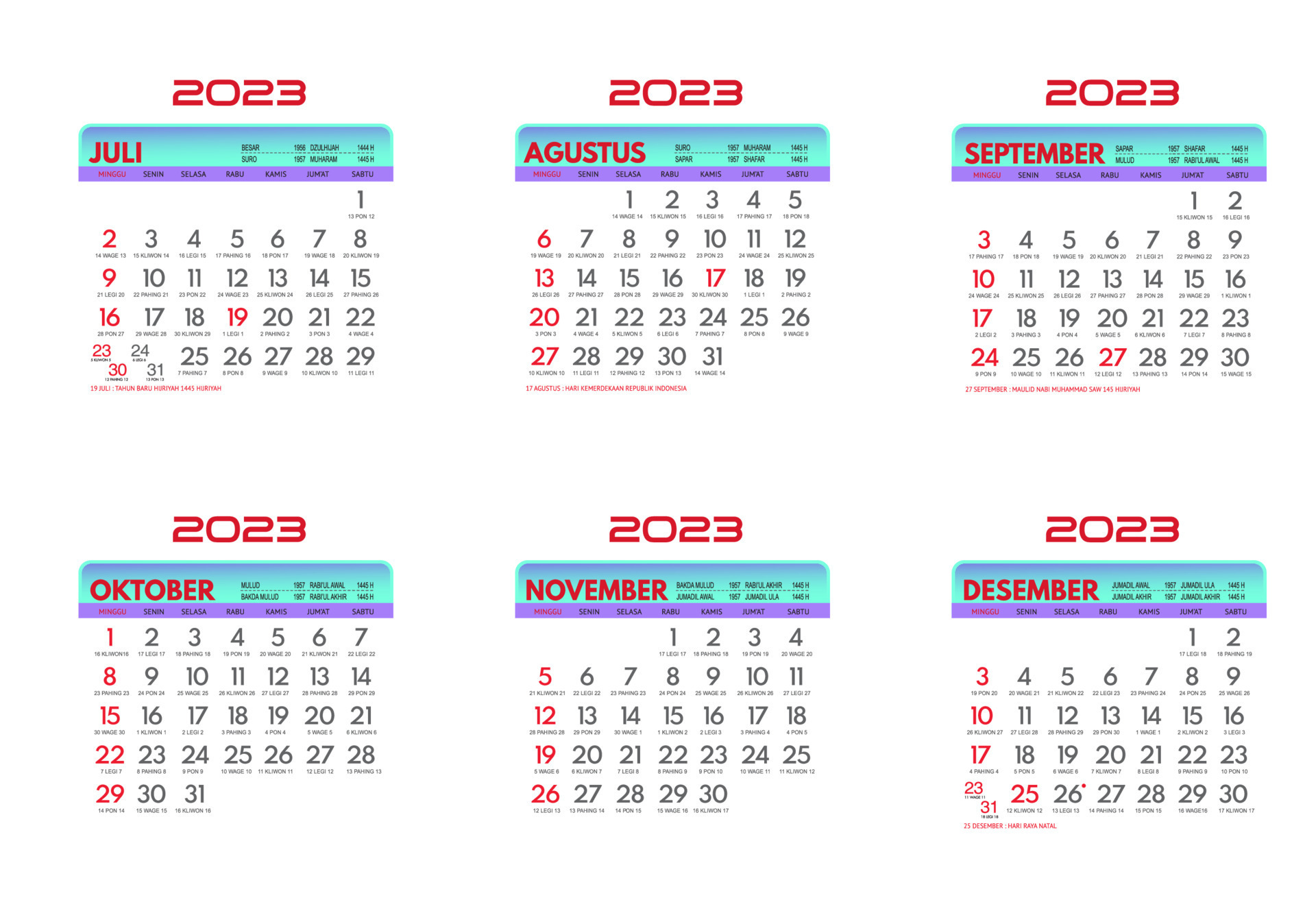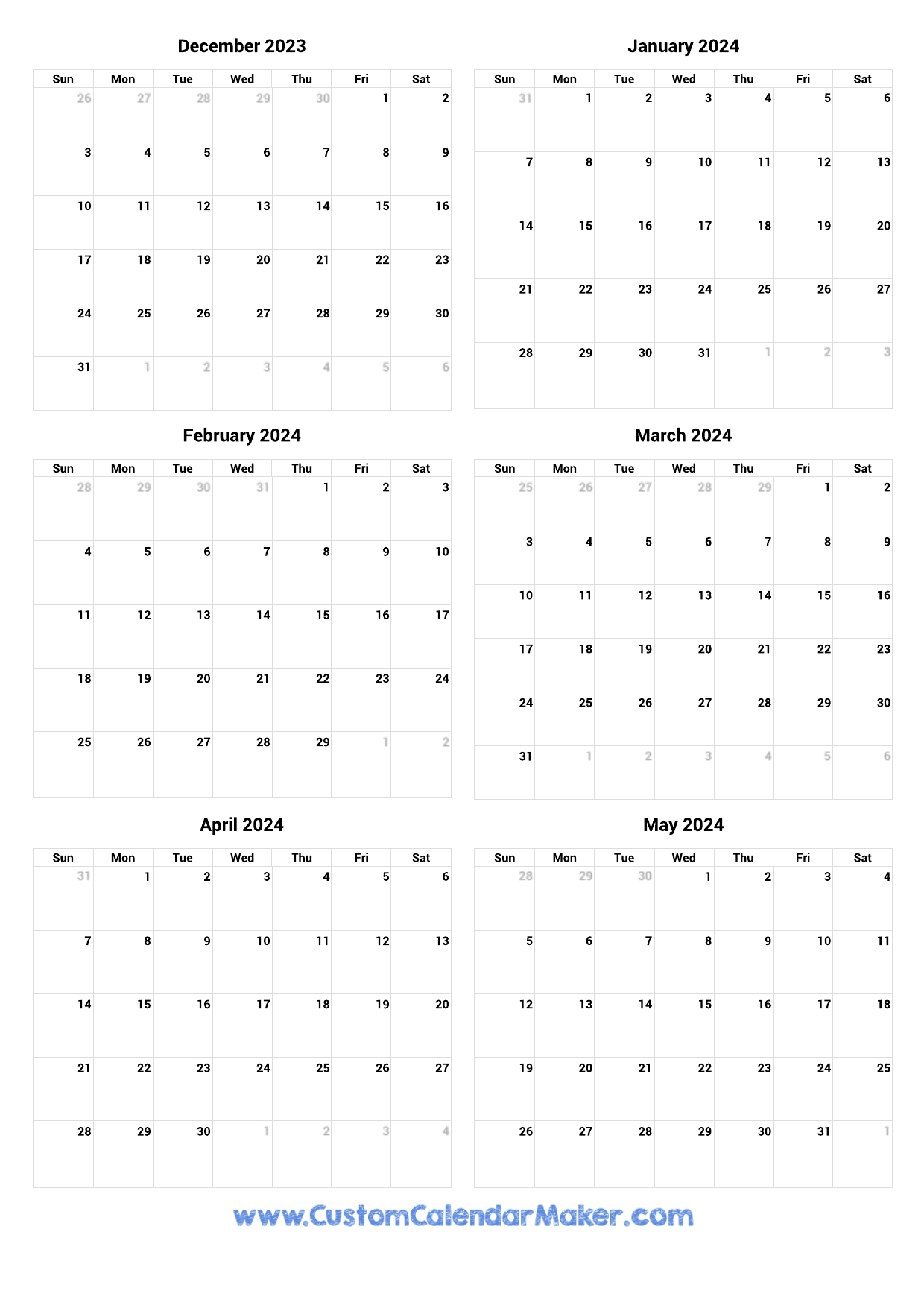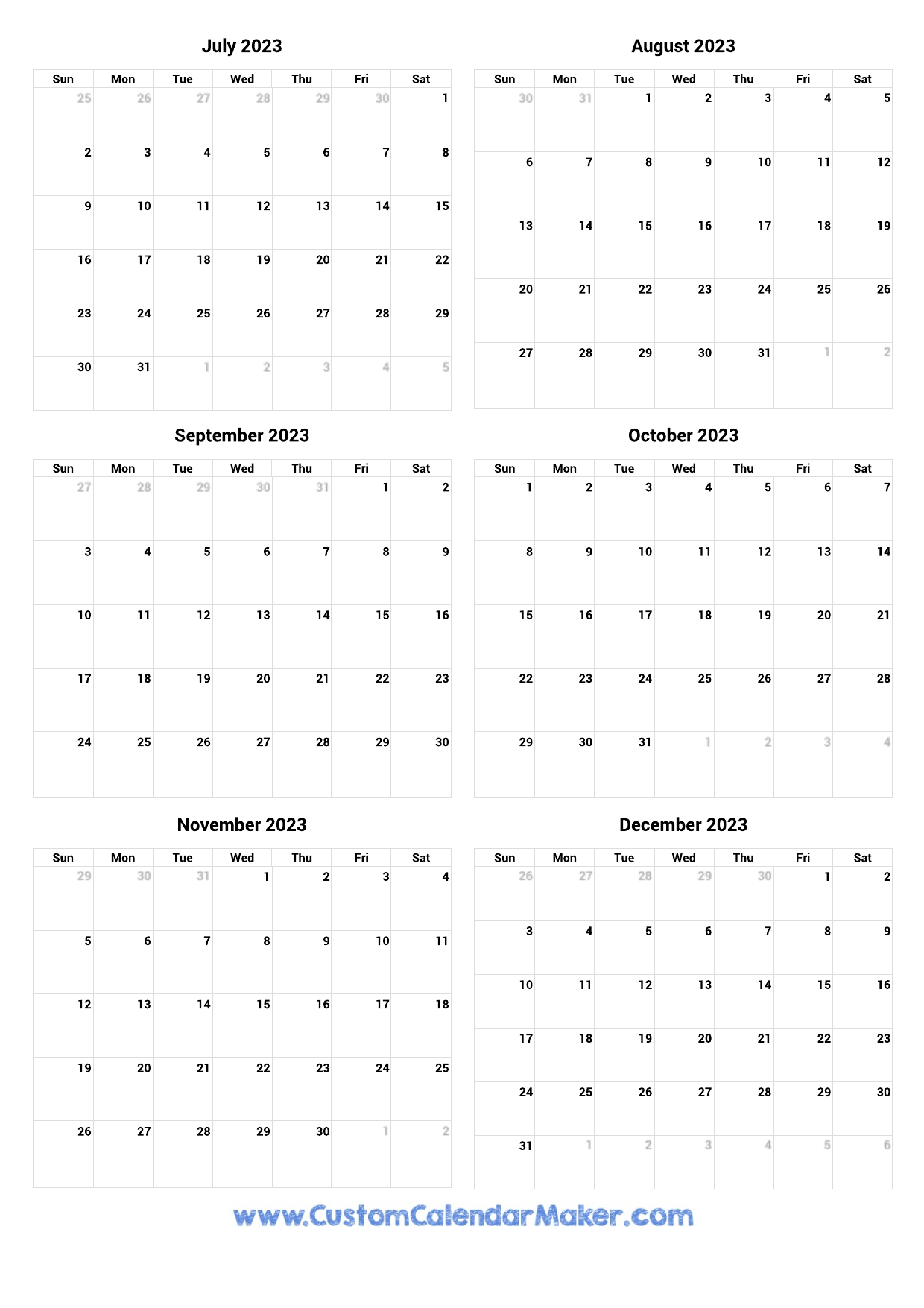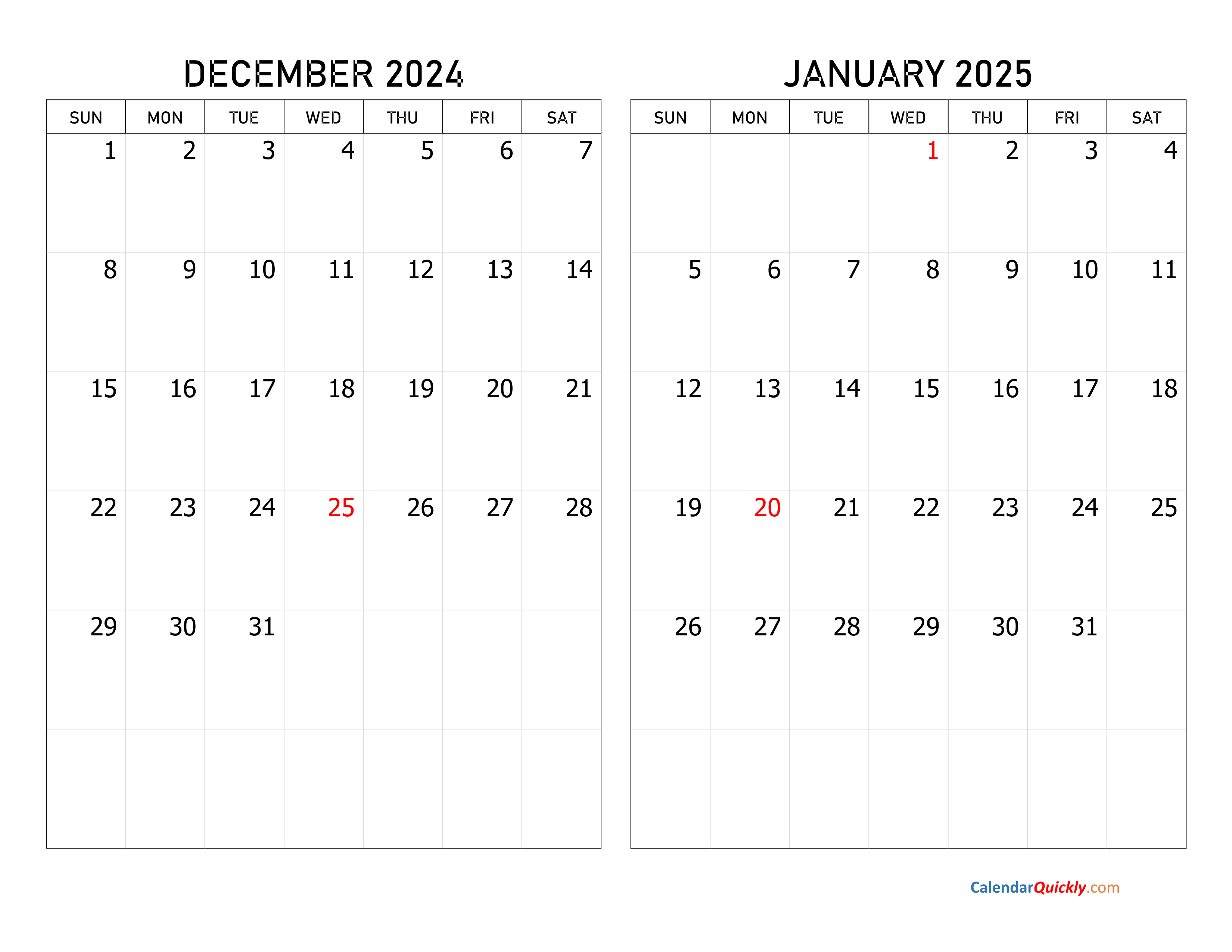May 2025 Calendar Through December 2023
Navigating Time: A Retrospective Look at 2023 and a Glimpse into 2025

This article offers a unique perspective on time management and planning by combining a retrospective look at the latter half of 2023 with a forward-looking examination of the May 2025 calendar. While we can’t provide the specific events that will populate the May 2025 calendar, we can analyze the past to better understand how to approach future planning and highlight the significance of temporal awareness in personal and professional life.
Part 1: Reflecting on the Second Half of 2023 – A Case Study in Time Management
The period from July to December 2023 presented a unique set of challenges and opportunities for individuals and organizations globally. Analyzing this period allows us to extract valuable lessons for future planning, especially when considering the seemingly distant May 2025. Let’s consider some key aspects:
-
Global Events and Their Impact: 2023 saw continued geopolitical instability, economic fluctuations, and environmental concerns. These macro-level events directly influenced individual schedules and organizational strategies. For instance, energy price hikes might have impacted personal budgets, forcing individuals to reassess spending and prioritize tasks. Similarly, companies had to adapt to supply chain disruptions and changing consumer behavior. Understanding the ripple effects of global events is crucial for accurate long-term planning.
-
Technological Advancements and Their Influence: The rapid pace of technological development continued in 2023, impacting various aspects of life. The adoption of AI tools, for example, changed workflows in numerous industries, requiring individuals to adapt their skillsets and companies to restructure their operations. Planning for 2025 requires considering the likely advancements in technology and their potential impact on personal and professional goals. Will AI further automate certain tasks, freeing up time for other pursuits? Will new software or platforms require specific training or adaptation?
-
Personal Goals and Achievements: The latter half of 2023 served as a period for many to reflect on personal goals set earlier in the year. Did individuals achieve their fitness targets, complete personal projects, or make progress on their career aspirations? A thorough self-assessment of 2023’s successes and failures is a critical step in setting realistic goals for 2025. What lessons learned from unmet goals can inform the planning process for May 2025 and beyond?
-
Organizational Strategies and Outcomes: Businesses reviewed their performance in the second half of 2023, analyzing market trends, sales figures, and operational efficiency. This data-driven approach informs future strategies. Companies that successfully adapted to the challenges of 2023 likely implemented robust planning processes, including contingency plans for unforeseen circumstances. This proactive approach is essential when projecting to 2025.
Part 2: Anticipating May 2025 – A Framework for Future Planning
While predicting specific events in May 2025 is impossible, we can utilize the lessons from 2023 to develop a framework for effective planning:
-
Scenario Planning: Instead of relying on a single, optimistic projection, it’s crucial to develop multiple scenarios for May 2025. Consider various possibilities – a thriving global economy, a period of economic uncertainty, or a significant technological breakthrough. This approach allows for flexibility and preparedness.
-
Goal Setting and Prioritization: Based on the chosen scenarios, set specific, measurable, achievable, relevant, and time-bound (SMART) goals for May 2025. Prioritize these goals based on their importance and urgency. This structured approach prevents feeling overwhelmed and ensures focused effort.
-
Resource Allocation: Identify the resources required to achieve the goals set for May 2025. This includes time, finances, human resources, and technological tools. Effective resource allocation ensures that sufficient support is available to meet the planned objectives.
-
Contingency Planning: Develop contingency plans to address potential obstacles or unforeseen events. This proactive approach minimizes disruption and allows for quick adaptation to changing circumstances. Learning from the challenges faced in the second half of 2023 can inform the development of robust contingency plans.
-
Regular Review and Adjustment: The plan for May 2025 should not be static. Regularly review the progress made and make necessary adjustments based on the evolving situation. This iterative approach ensures that the plan remains relevant and effective.
Part 3: The Interplay Between 2023 and 2025 – Bridging the Gap
The period between the second half of 2023 and May 2025 provides a crucial window for preparation and implementation. This time should be utilized to:
-
Skill Development: Identify skills gaps that need to be addressed to achieve the goals set for May 2025. Engage in relevant training programs, workshops, or self-learning initiatives.
-
Networking and Collaboration: Build and strengthen professional networks to access resources and support. Collaboration with others can enhance problem-solving and innovation.
-
Continuous Learning: Stay updated on industry trends, technological advancements, and global events. Continuous learning is crucial for adapting to the ever-changing landscape.
-
Data Analysis and Monitoring: Track key performance indicators (KPIs) to monitor progress and identify areas for improvement. Data-driven decision-making is essential for effective planning and execution.
Conclusion:
While we cannot provide a detailed May 2025 calendar, reflecting on the challenges and opportunities of the second half of 2023 offers valuable insights for effective planning. By adopting a proactive approach that incorporates scenario planning, goal setting, resource allocation, contingency planning, and continuous monitoring, individuals and organizations can navigate the time between now and May 2025 successfully, setting the stage for achieving ambitious objectives. The key lies in understanding the dynamic nature of time and adapting strategies to the ever-evolving context. The journey from the late 2023 experience to the anticipated May 2025 goals requires careful planning, flexibility, and a commitment to continuous learning and adaptation.







